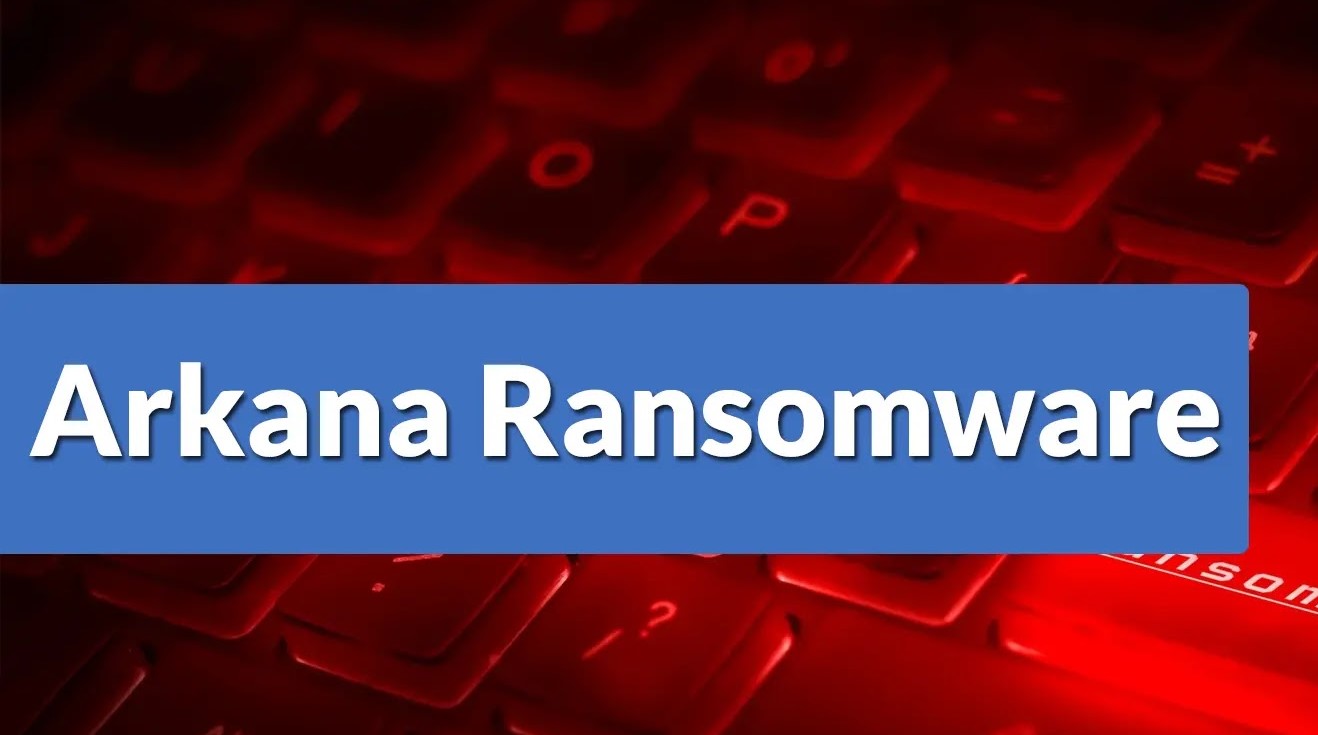
Arkana Ransomware Claimed to Have Stolen 2.2 Million Customer Records
The digital frontier is under constant assault. Each passing day brings new threats, new sophisticated actors, and new lessons in the grim reality of data breaches. In early 2025, the cybersecurity landscape was reshaped by the emergence of Arkana Ransomware, a threat actor group that made a dramatic and devastating debut. Their inaugural attack targeted WideOpenWest (WOW!), a prominent U.S. internet service provider, resulting in the alleged exfiltration of 2.2 million customer records. This incident serves as a stark reminder of the escalating sophistication of ransomware operations and the critical need for robust defense mechanisms.
Arkana Ransomware’s Devastating Debut
The Arkana Ransomware group burst onto the scene with a high-profile attack on WideOpenWest (WOW!) in late March 2025. This attack immediately signaled Arkana’s capabilities and intent. Ransomware groups are increasingly performing double extortion, where they not only encrypt data but also steal it. This adds an extra layer of pressure on victims, as refusal to pay the ransom risks public exposure of sensitive information. The claimed theft of 2.2 million customer records underscores the significant impact of such attacks, affecting a vast number of individuals and potentially leading to widespread identity theft and fraud.
Understanding the Threat: Arkana Ransomware Tactics
While specific details about Arkana Ransomware’s attack vectors are not yet public, common ransomware tactics include exploiting known vulnerabilities in public-facing applications, phishing campaigns to gain initial access, and compromising remote desktop protocols (RDP) or VPNs. Once inside a network, ransomware operators typically move laterally, escalate privileges, and then exfiltrate data before deploying their encryption payload. The volume of data allegedly stolen by Arkana suggests a well-executed plan with significant access to WOW!’s systems. This type of breach highlights the importance of multi-layered security strategies, including strong endpoint protection, network segmentation, and proactive vulnerability management.
The Far-Reaching Consequences of a Data Breach
The compromise of 2.2 million customer records carries severe consequences, extending beyond the immediate operational disruption for the victim organization. For individuals, stolen data can lead to:
- Identity Theft: Malicious actors can use personal information to open fraudulent accounts, obtain loans, or file fake tax returns.
- Financial Fraud: Bank account details, credit card numbers, and other financial information can be directly exploited.
- Phishing and Social Engineering: Stolen personal data can be used to craft highly convincing phishing attacks, targeting victims with personalized scams.
- Reputational Damage: For the affected organization, a data breach can result in a significant loss of customer trust and damage to their brand reputation, leading to customer churn and financial penalties.
Regulatory bodies worldwide, such as those enforcing GDPR, CCPA, and various state-specific data breach notification laws, impose hefty fines on organizations that fail to protect sensitive data. The fallout from an incident like the Arkana attack can be monumental.
Remediation Actions and Proactive Defense
While the initial breach at WOW! is under investigation, organizations can take several critical steps to mitigate the risk of similar ransomware attacks and respond effectively if one occurs:
- Implement Robust Backup and Recovery Strategies: Maintain immutable, offsite backups of all critical data. Regularly test recovery procedures to ensure business continuity.
- Strengthen Access Controls: Enforce the principle of least privilege. Implement multi-factor authentication (MFA) for all remote access, administrative accounts, and critical systems.
- Vulnerability Management and Patching: Regularly scan for vulnerabilities and apply security patches promptly. Pay particular attention to publicly exposed services.
- Endpoint Detection and Response (EDR): Deploy EDR solutions to detect and respond to suspicious activities on endpoints in real-time, preventing lateral movement and data exfiltration.
- Network Segmentation: Isolate critical systems and sensitive data behind network segments. This limits the blast radius of an attack, preventing attackers from accessing the entire network.
- Security Awareness Training: Educate employees on phishing, social engineering tactics, and the importance of strong passwords. Human error remains a significant factor in successful breaches.
- Incident Response Plan: Develop and regularly test a comprehensive incident response plan. This plan should outline clear steps for detection, containment, eradication, recovery, and post-incident analysis.
- Threat Intelligence: Stay informed about emerging threats, ransomware groups, and their tactics, techniques, and procedures (TTPs).
Conclusion
The Arkana Ransomware attack on WideOpenWest serves as a high-stakes lesson in modern cybersecurity. The alleged exfiltration of 2.2 million customer records underscores the relentless evolution of ransomware and its devastating potential. For organizations, this incident reinforces the absolute necessity of a proactive, layered security posture. By prioritizing robust defenses, comprehensive incident response planning, and ongoing employee education, businesses can significantly reduce their attack surface and their vulnerability to such sophisticated threats. Protecting customer data is not merely a technical challenge; it is a fundamental pillar of trust and operational resilience in the digital age.





